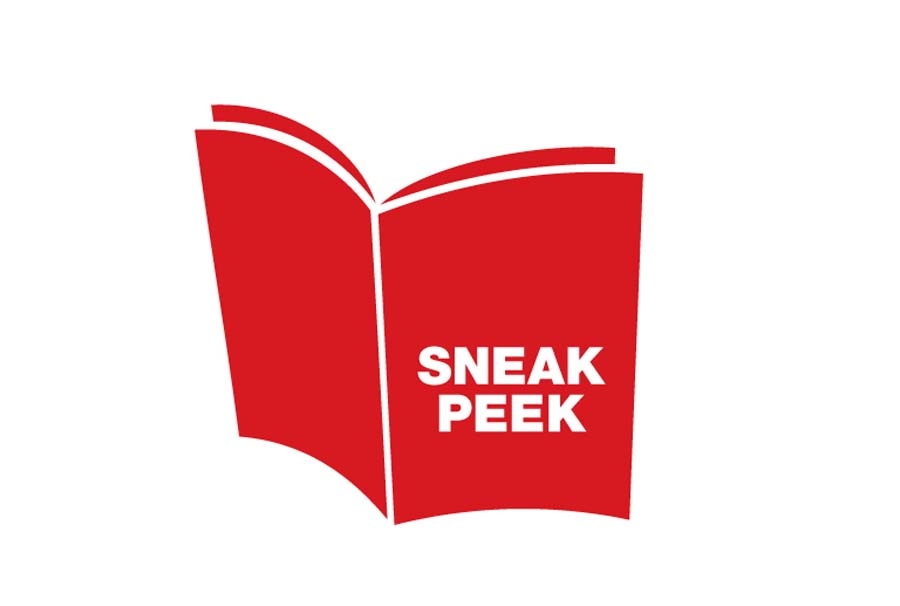A preview of our February issue.
My office in Portland’s Pioneer Park Building overlooks the corner of Southwest Morrison and Broadway downtown. The location gives me a front row seat to the protests that march routinely through this central intersection en route to Portland’s living room, Pioneer Square.
As I write this, on the morning of Inauguration Day, about 10,000 people are expected to move into my line of sight, as a mass protest against the 45th president of the United States unspools. Businesses are boarding up their windows, and TriMet has announced a halt to service in the central city.
It’s safe to assume that most of the protesters will be from the Portland metro area. But what does this have to do with our February issue?
As writer Dan Cook reports in his article “Trumped,” many residents and business owners in rural parts of the state are celebrating, not protesting, the ascendancy of Donald Trump to the nation’s highest office.
The hopes rural residents are pinning on the billionaire businessman stand in marked contrast to the fear and loathing expressed by many urban denizens. Cook’s article provides a stark and startling look at the differences that divide this state. As the 2017 legislative session kicks off, it also underscores the challenges for policy makers who must craft legislation aimed at uplifting everyone.
Other articles in this issue highlight the divide, albeit from a different perspective.
Our profile of architect Kevin Cavenaugh unfolds in the context of the very urban concern gripping the Rose City: how to maintain affordability and diversity in the city’s red-hot real estate market. Our cover story Sky High is an-depth investigation about the skyrocketing costs of air-ambulance service. As reporter Andrew Bulkeley points out, one of the reasons prices have risen so dramatically is because healthcare consolidation has shuttled many hospitals away from rural areas into cities. For the folks left behind, that means higher prices for emergency care.
Infrastructure investment is one issue that may unite urban and rural. My interview with John Willis, the technology and innovation director for CH2M, offers a peek behind the curtain at how government funding deficits are reshaping engineering consulting firms like CH2M, and how private companies are helping the public sector fill operations and innovation gaps. Public/private partnerships are not new but will inevitably become more important as solutions to pressing economic problems.
How to ensure all Oregonians benefit from those partnerships is the challenge going forward — and a cause we can all rally behind.
The February issue of Oregon Business will be available February 1st.





